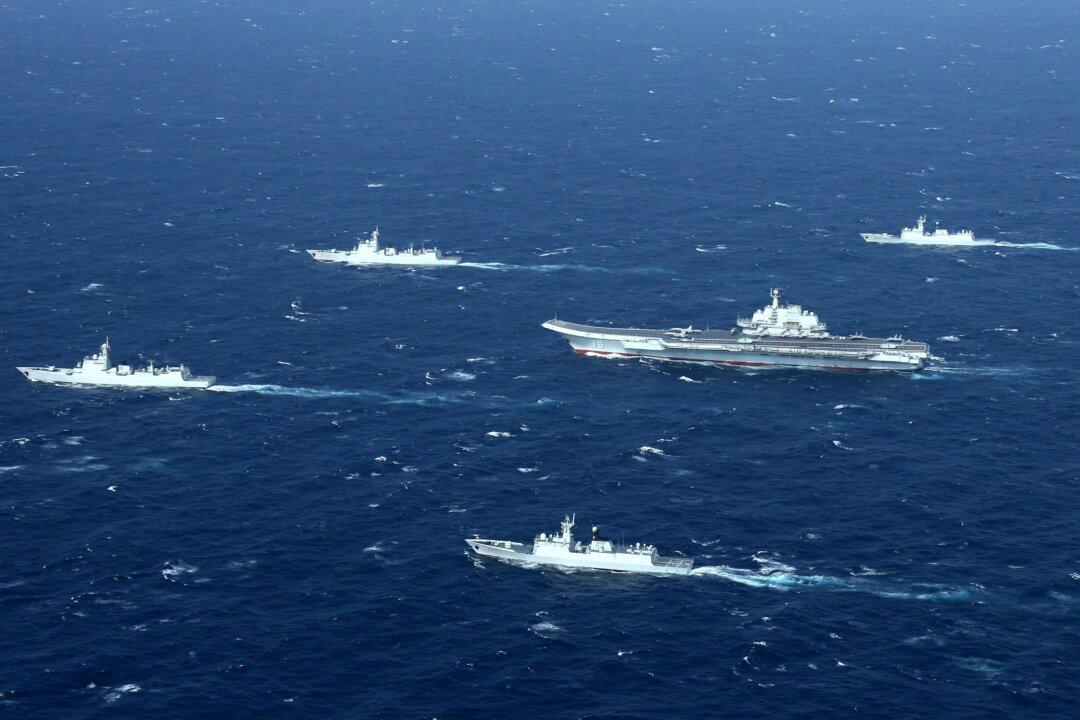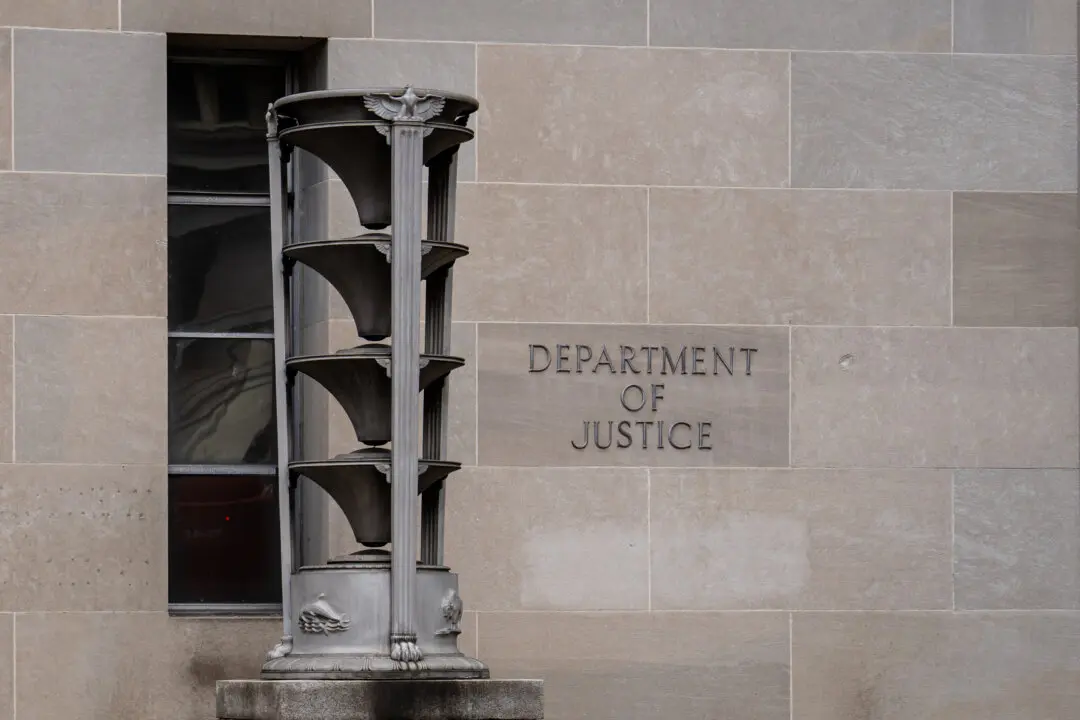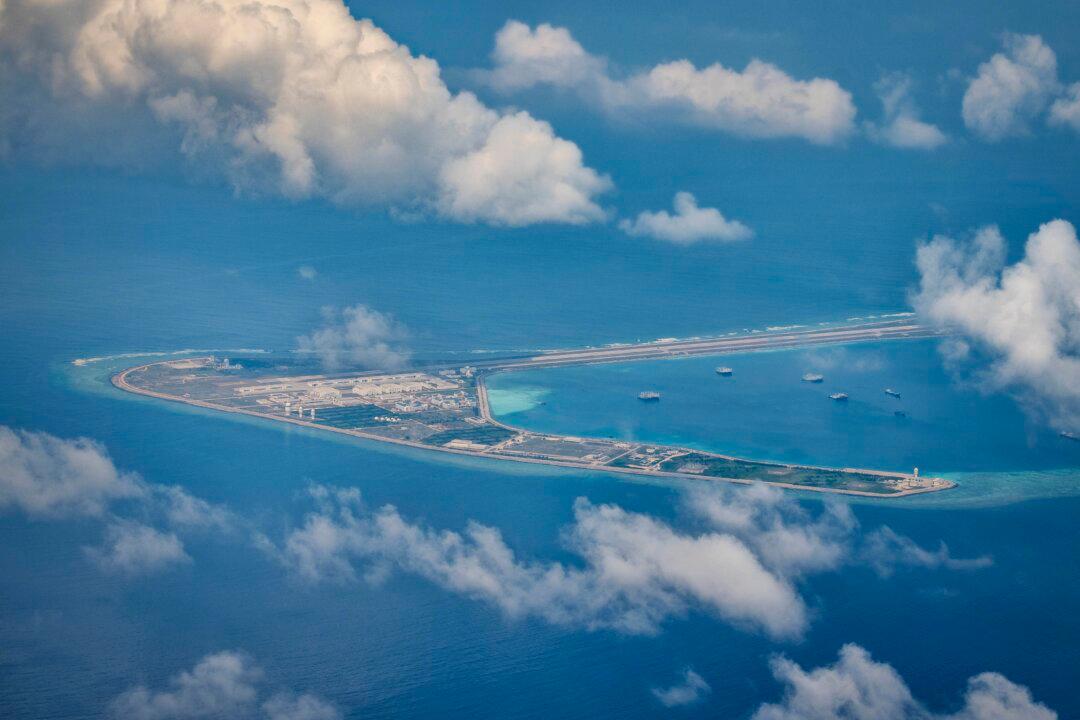Vice Adm. Michael McAllister, the U.S. Coast Guard’s top commander in the Pacific, recently said China’s new maritime reporting requirement was “very concerning” and violated “international agreements and norms.”
In fact, McAllister added, if China chose to enforce the requirement, it would “begin to build foundations for instability and potential conflicts.” He expressed his concerns during a press briefing on Sept. 3.





